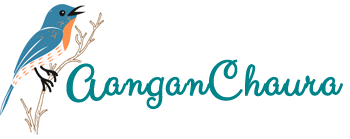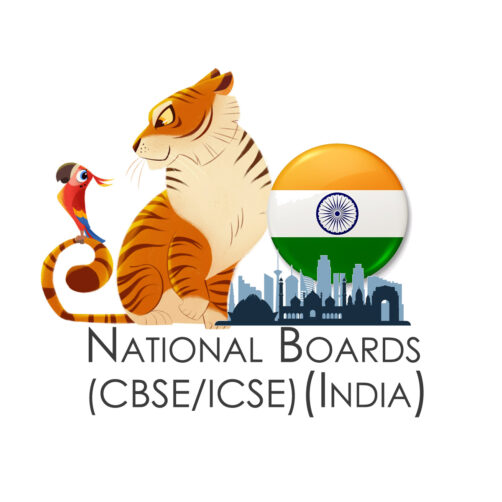
Indian Curriculum
Indian has National Boards like CBSE, ICSE and multiple state boards, along with International boards. The CBSE curriculum seeks to explore the potential of students in acquiring knowledge and skills. The curricular areas comprise of Languages (including Hindi, English and 37 other languages), Social Science (Geography, History, Economics and Political Science), Science (Biology, Chemistry and Physics), Mathematics, Arts Education, Skills Elective, Health & Physical Education. The curriculum aims at all round development of Knowledge, Skills and Attitudes in students; and aims at practical applications of what is taught.
Australian Curriculum
The three-dimensional design of the Foundation – Year 10 Australian Curriculum recognises the importance of disciplinary knowledge, skills and understanding alongside general capabilities and cross-curriculum priorities. Disciplinary knowledge, skills and understanding are described in the eight learning areas: English, Mathematics, Science, Health and Physical Education, Humanities and Social Sciences, The Arts, Technologies and Languages. The latter four learning areas have been written to include multiple subjects, reflecting custom and practice in the discipline. In each learning area or subject, content descriptions specify what young people will learn, and achievement standards describe the depth of understanding and the sophistication of knowledge and skill expected of students at the end of each year level or band of years.
The general capabilities In the Australian Curriculum, encompasses knowledge, skills, behaviours and dispositions and play a significant role in equipping young Australians to live and work successfully in the twenty-first century.. Students develop capability when they apply knowledge and skills confidently, effectively and appropriately in complex and changing circumstances, in their learning.
The Australian Curriculum places emphasis on cross-curriculum learning of Sustainability as a priority for study that connects and relates relevant aspects of content across learning areas and subjects.
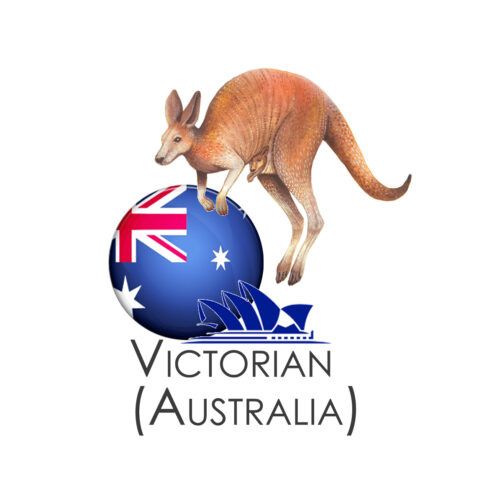
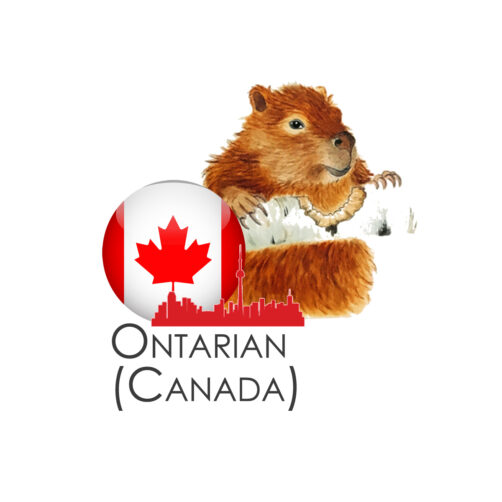
Canadian Curriculum
To ensure all students in Canada are ready for success after high school, the Common Core State Standards establish clear, consistent guidelines for what every student should know and be able to do in math and English language arts from kindergarten through 12th grade. The Common Core focuses on developing the critical-thinking, problem-solving, and analytical skills students will need to be successful. Forty-one states, the District of Columbia, four territories, and the Department of Defense Education Activity (DoDEA) have voluntarily adopted and are moving forward with the standards.
Strong literacy and numeracy skills are the critical foundation for all other academic achievement and for a lifetime of success. The government’s goal is to have 75 per cent of students achieving the provincial standard (equivalent to a B grade) in reading, writing and mathematics.
Cambridge Curriculum
The Cambridge Pathway is for students aged 5 to 19. Its wide range of subjects and flexibility gives chance to shape the curriculum so that it is exciting and relevant for every student. With ten subjects to choose from, including English, mathematics and science, in Cambridge Primary, there are plenty of opportunities to develop creativity, expression and wellbeing in a variety of ways. The subjects can be offered in any combination and adapted to suit every context, culture and family ethos.
Its unique Global Perspectives programme develops the skills of research, analysis, evaluation, reflection, collaboration and communication. It strengthens the links across English as a first or second language, mathematics, science and ICT Starters.
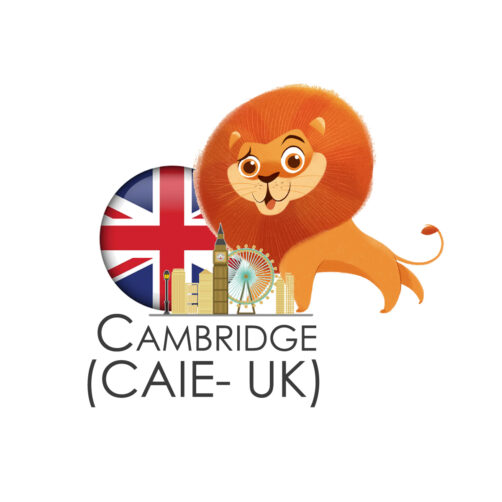
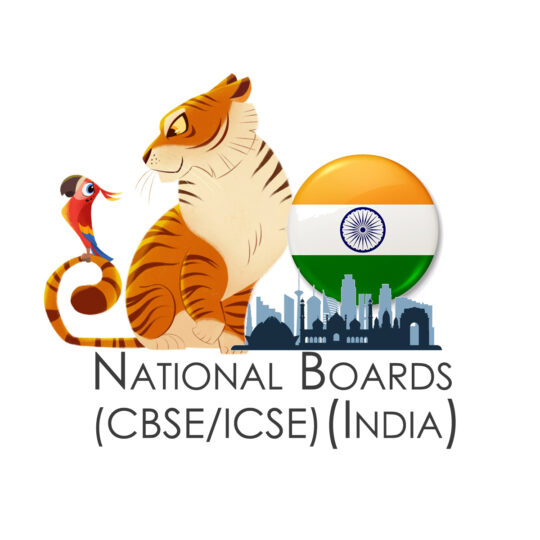
Indian Curriculum
Indian has National Boards like CBSE, ICSE and multiple state boards, along with International boards. The CBSE curriculum seeks to explore the potential of students in acquiring knowledge and skills. The curricular areas comprise of Languages (including Hindi, English and 37 other languages), Social Science (Geography, History, Economics and Political Science), Science (Biology, Chemistry and Physics), Mathematics, Arts Education, Skills Elective, Health & Physical Education. The curriculum aims at all round development of Knowledge, Skills and Attitudes in students; and aims at practical applications of what is taught.

Australian Curriculum
The three-dimensional design of the Foundation – Year 10 Australian Curriculum recognises the importance of disciplinary knowledge, skills and understanding alongside general capabilities and cross-curriculum priorities. Disciplinary knowledge, skills and understanding are described in the eight learning areas: English, Mathematics, Science, Health and Physical Education, Humanities and Social Sciences, The Arts, Technologies and Languages. The latter four learning areas have been written to include multiple subjects, reflecting custom and practice in the discipline. In each learning area or subject, content descriptions specify what young people will learn, and achievement standards describe the depth of understanding and the sophistication of knowledge and skill expected of students at the end of each year level or band of years.
The general capabilities In the Australian Curriculum, encompasses knowledge, skills, behaviours and dispositions and play a significant role in equipping young Australians to live and work successfully in the twenty-first century.. Students develop capability when they apply knowledge and skills confidently, effectively and appropriately in complex and changing circumstances, in their learning.
The Australian Curriculum places emphasis on cross-curriculum learning of Sustainability as a priority for study that connects and relates relevant aspects of content across learning areas and subjects.

Canadian Curriculum
To ensure all students in Canada are ready for success after high school, the Common Core State Standards establish clear, consistent guidelines for what every student should know and be able to do in math and English language arts from kindergarten through 12th grade. The Common Core focuses on developing the critical-thinking, problem-solving, and analytical skills students will need to be successful. Forty-one states, the District of Columbia, four territories, and the Department of Defense Education Activity (DoDEA) have voluntarily adopted and are moving forward with the standards.
Strong literacy and numeracy skills are the critical foundation for all other academic achievement and for a lifetime of success. The government’s goal is to have 75 per cent of students achieving the provincial standard (equivalent to a B grade) in reading, writing and mathematics.

Cambridge Curriculum
The Cambridge Pathway is for students aged 5 to 19. Its wide range of subjects and flexibility gives chance to shape the curriculum so that it is exciting and relevant for every student. With ten subjects to choose from, including English, mathematics and science, in Cambridge Primary, there are plenty of opportunities to develop creativity, expression and wellbeing in a variety of ways. The subjects can be offered in any combination and adapted to suit every context, culture and family ethos.
Its unique Global Perspectives programme develops the skills of research, analysis, evaluation, reflection, collaboration and communication. It strengthens the links across English as a first or second language, mathematics, science and ICT Starters.
